Health. Monounsaturated fats protect against cardiovascular disease by providing more membrane fluidity than saturated fats, but they are more vulnerable to lipid peroxidation ().
The olive is a fruit that grows on trees. When fully ripened, it turns a black color; however, not all ripe olives are naturally black. Processing methods,
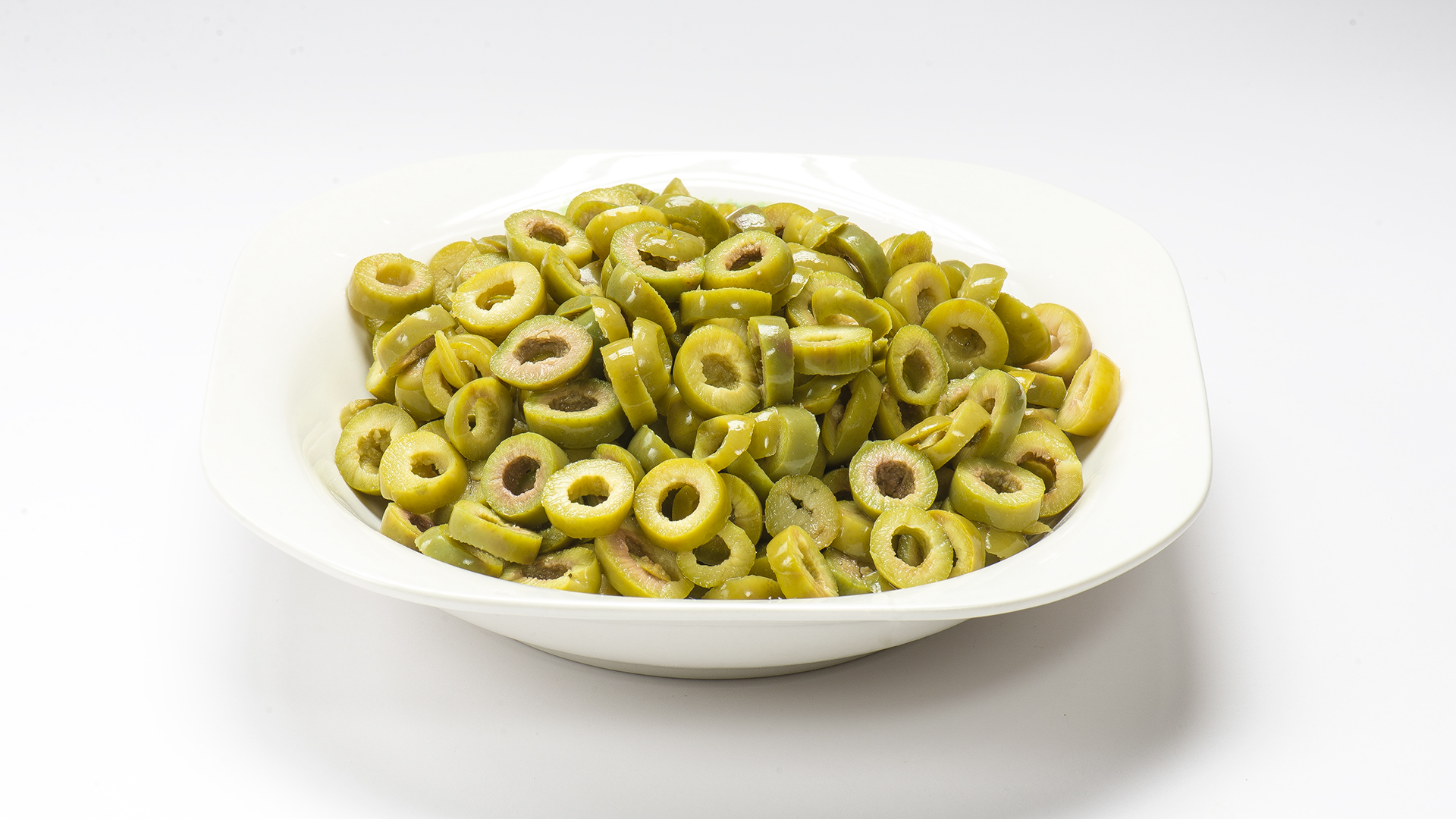
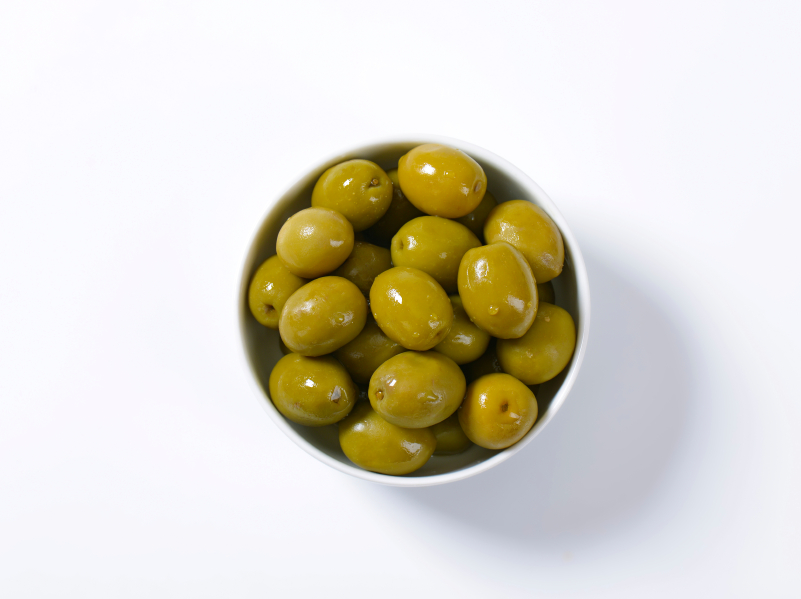
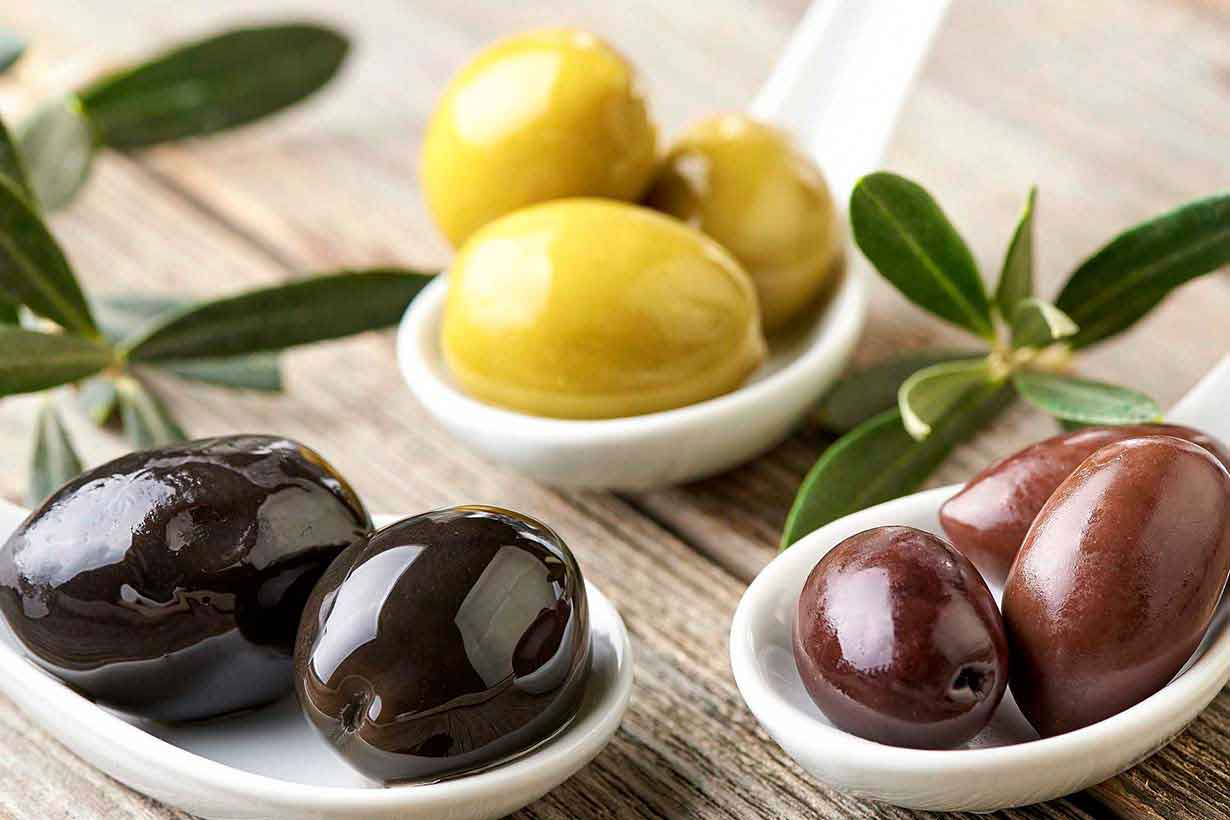
Even though more attention has been sometimes been given to their delicious oil than their whole food delights, olives are one of the world’s most widely enjoyed foods.
There are many styles and flavors of olives and olive oil, based in part on where they grew and how they were processed.
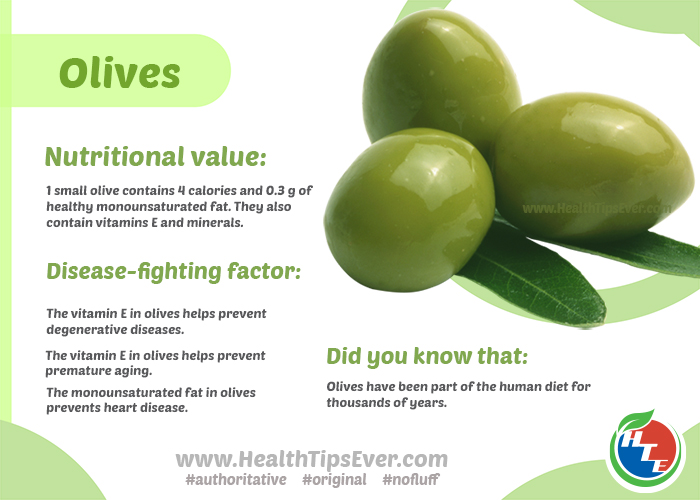

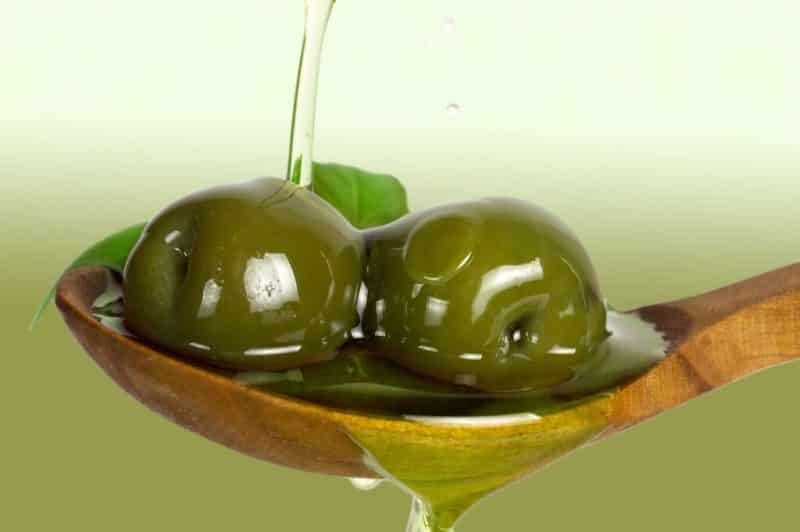

Olives contain 11–15% fat. 74% percent of this fat content is oleic acid, which is a monounsaturated fatty acid. It is the main component of olive oil.
Brett Stevens / Getty Images 5. Olives. One cup of black olives has 15 grams of fat, but again, it is mainly monounsaturated. Plus, no matter what variety of olive you enjoy, they all contain many other beneficial nutrients as well, such as hydroxytyrosol, a phytonutrient that has long been linked to cancer prevention.
Olives seem like a healthy and harmless enough food for s to eat. Fortunately this bite-sized Mediterranean snack isn’t known to be toxic
Rich in Monounsaturated Fat. While Kalamata olives are high in fat considering their serving size, the majority of their fat is monounsaturated, also known as a “healthy” fat.

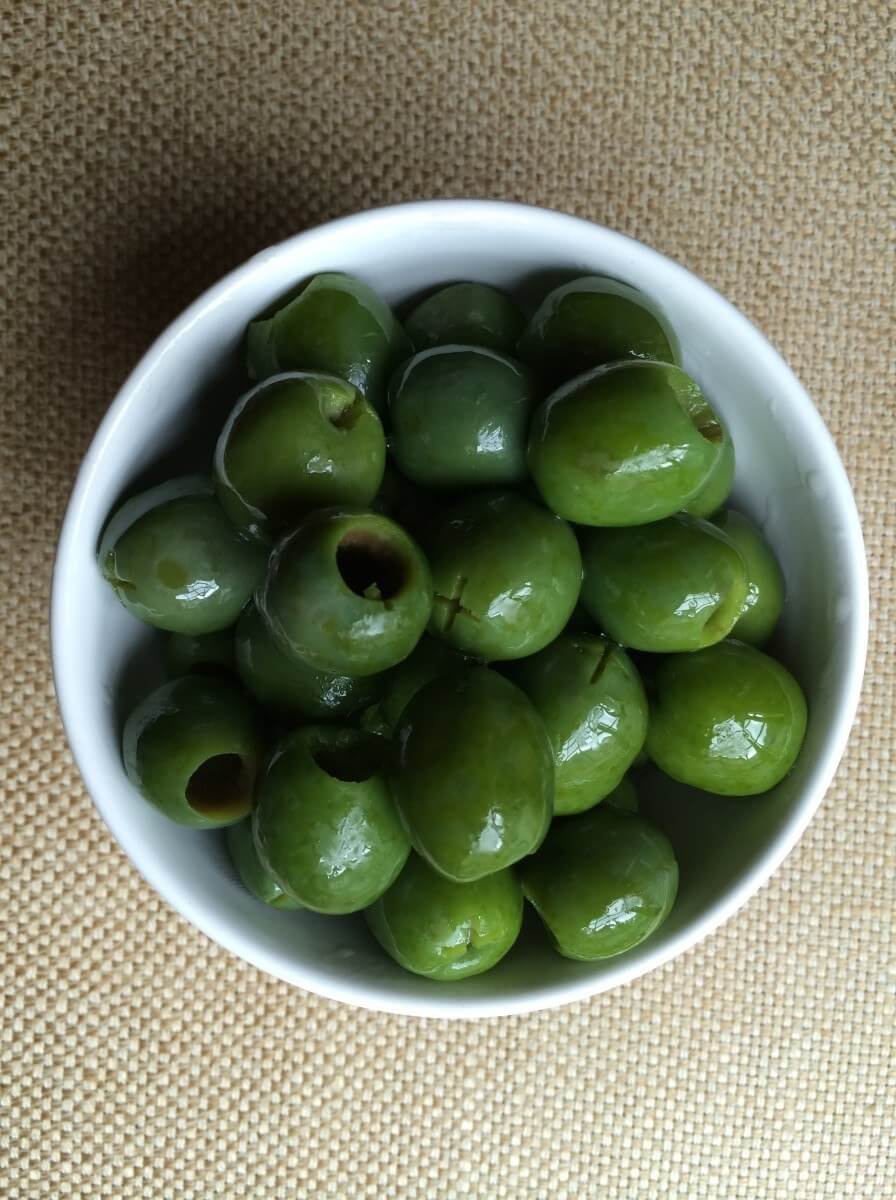

Even though they’re mostly fat, olives are packed with nutrients. Here’s what five experts say about olives
Arbequina is a cultivar of olives.The fruit is highly aromatic, small, symmetrical and dark brown, with a rounded apex and a broad peduncular cavity. In Europe, it is mostly grown in Catalonia, Spain, but it is also grown in Aragon and Andalusia, as well as California, Argentina, Chile, and Australia.